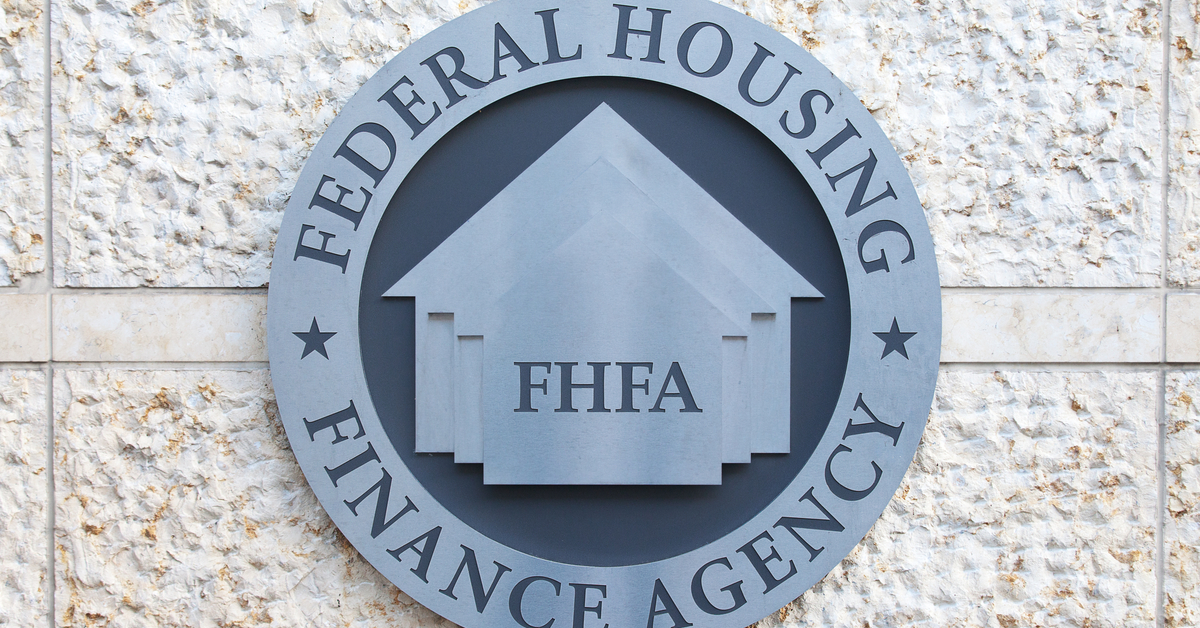The Federal Housing Finance Agency (FHFA) is requesting input about the single-family pricing frameworks used by Fannie Mae and Freddie Mac, seeking industry feedback on “the goals and policy priorities that FHFA should pursue” in overseeing pricing at the government-sponsored enterprises (GSEs).
The pricing frameworks affect the fees charged by Fannie and Freddie to cover the costs of guaranteeing the securities they issue. The Housing and Economic Recovery Act of 2008 requires the FHFA to periodically evaluate these fees for several reasons, including the avoidance of mortgage credit-risk underpricing. Keeping the fees updated helps the GSEs’ coffers to stay well funded and aids the FHFA, which oversees Fannie and Freddie, to maintain the financial resources to work toward its various objectives, such as its affordable housing goals.
“Through this [request for input], FHFA seeks input on how to ensure the pricing framework adequately protects the enterprises and taxpayers against potential future losses, supports affordable, sustainable housing and first-time homebuyers, and fosters liquidity in the secondary mortgage market,” FHFA director Sandra L. Thompson said. “We are committed to being transparent and to considering views from a diverse set of stakeholders and market participants.”
One of the FHFA’s specific requests is for feedback on whether the GSEs’ single-family upfront guarantee fees should continue to be linked to the Enterprise Regulatory Capital Framework (ECRF). Fannie and Freddie began using the ECRF last year to measure the profitability of new mortgage acquisitions. To gauge risk, the ECRF uses grids that weight loans via various factors, including loan-to-value ratios and borrower credit scores. Recently, the FHFA has been moving toward aligning the GSEs’ guaranteed fee pricing framework to better match such criteria already established by the ECRF.
Some of these moves, however, have been met with criticism from the mortgage lending community. For example, one of the changes meant to more closely align with the ERCF’s risk assessments was the inclusion of a new upfront fee for borrowers with debt-to-income ratios above 40%, announced by the FHFA in January. This development was met with near-universal derision from lenders and industry groups, leading to the FHFA’s recent about-face and rescission of the fees earlier this month.
Now the FHFA appears set to solicit more industry input before announcing any further changes. To give feedback, comments may be submitted via the FHFA’s website or by mail through Aug. 14.





